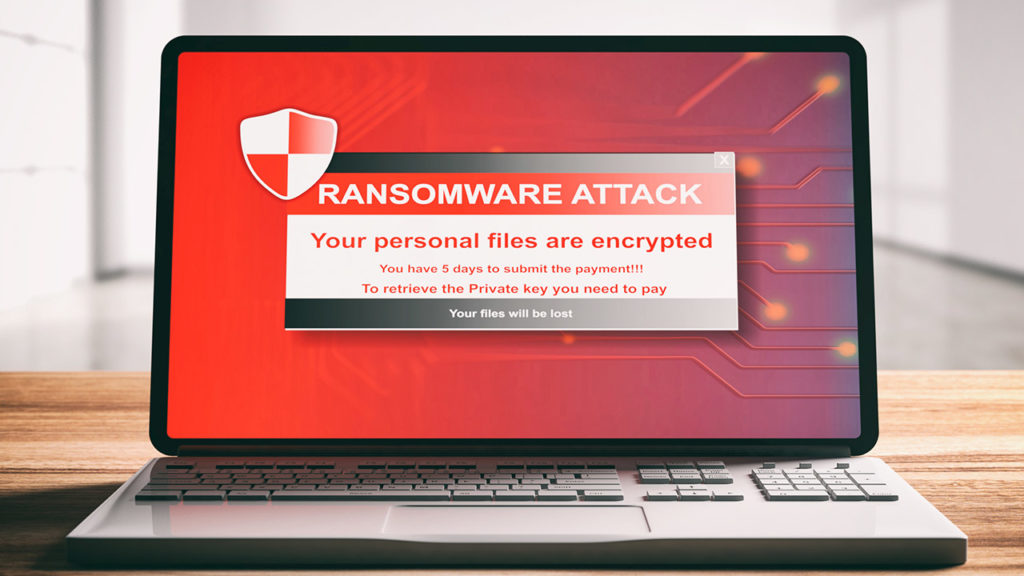How many emails do you receive in a typical day? If you are like most people, the answer is probably, “Too many!” Some are emails you want, others you no longer find useful and some are just plain spam. Obviously, the ones you want to receive are not a problem, but what can you do about the others?
First let’s define what “spam” is. Spamhaus defines it this way, “Spam is an issue about consent, not content. Whether the Unsolicited Bulk Email (“UBE”) message is an advert, a scam, porn, a begging letter or an offer of a free lunch, the content is irrelevant – if the message was sent unsolicited and in bulk then the message is spam.”
That means that if you subscribed to an email newsletter or agreed to receive sale notices from an online retailer those messages are not spam, even if they are no longer of interest to you. If you are receiving such emails from reputable organizations and want them to stop, clicking the unsubscribe link is the way to go. You should not, however, mark these emails as spam. Depending on your email service, marking legitimate emails as spam may affect how the email service treats them and people who want to receive them may find the messages directed to their spam box instead of their inbox.
So what about the stuff you didn’t ask for and do not want in your inbox? You can’t stop spam. Anyone who has your email address can send email to you. And blocking an email sender seldom works as the spammers use lots of random email addresses to send their junk to you.
Unsubscribing is not a good idea in these cases, as all this does is confirm to the spammers that they are sending to a valid address. They will send more spam or even sell your email address as a live address.
Although you can’t stop spam, you can manage it. Spam filters are an important tool in keeping spam out of your inbox and relegating it to the junk or spam folder, where it belongs. Most email platforms use some kind of spam filtering, but none of them are perfect. You will have the occasional spam message slip through or even some false positives, where messages that are not spam get sent to the spam folder.
You can train your spam filters and improve the results by marking messages that are improperly filtered.
The best thing to do is take steps to keep your email address from falling into the hands of spammers in the first place:
- Do not post your email address publicly on websites, social media or other places.
- Do not respond to spam by unsubscribing or clicking on a link in the email.
- Disable images on email going to your spam folder. (When the image is accessed, it is like clicking on a link in an email and lets the spammers know they have a live one.)
- Do not give your email address to just anyone. When dealing with a new company, use a “throw-away” email address.
Of course, another source spammers use to harvest email addresses are those emails your Aunt Bea sends of cute kitten pictures that she cc’s to everyone on the planet. You can ask Aunt Bea not to do that, but chances are she is going to keep right on sending them anyway. So, have a throw-away email for Aunt Bea to use, too.



